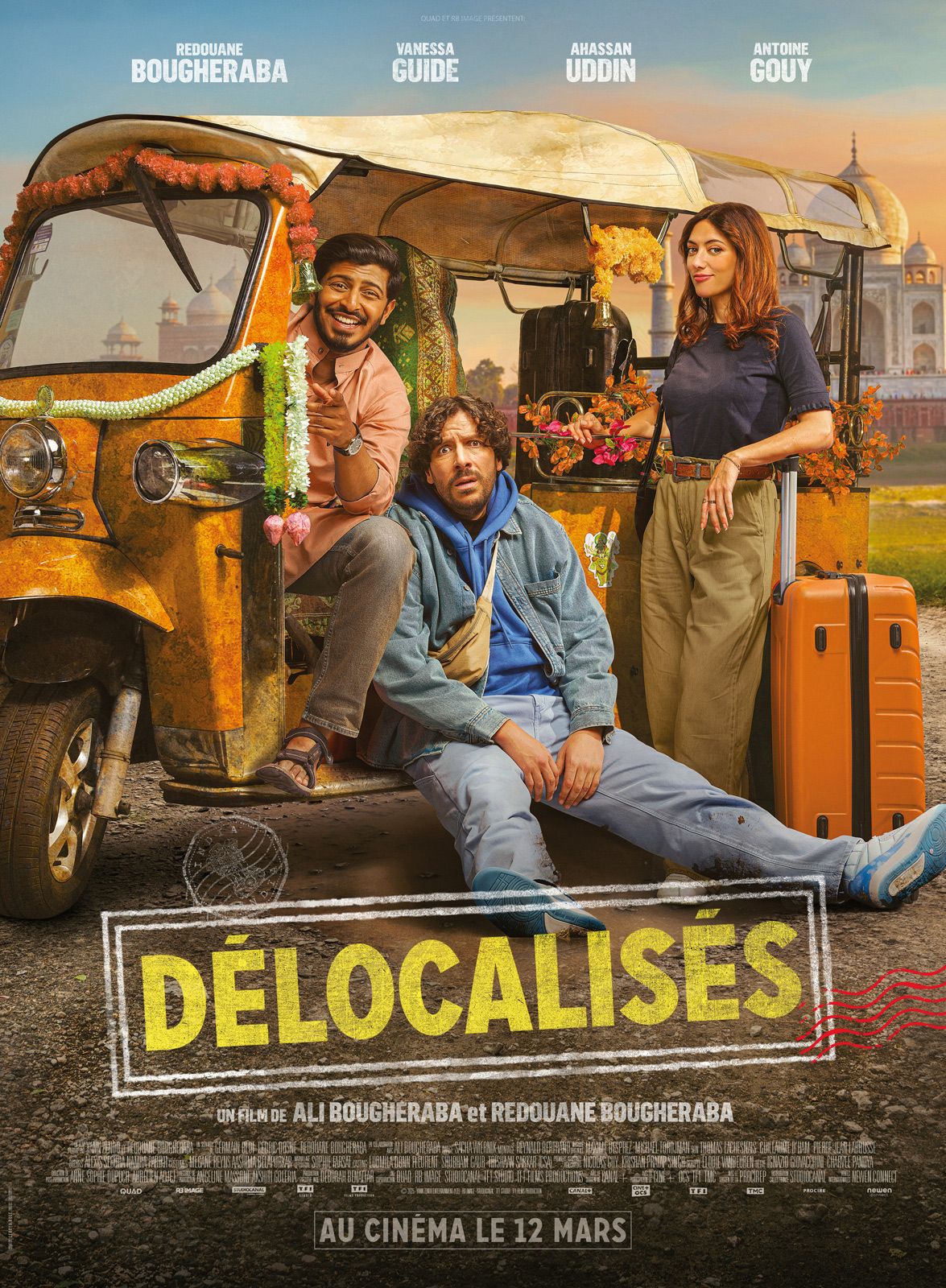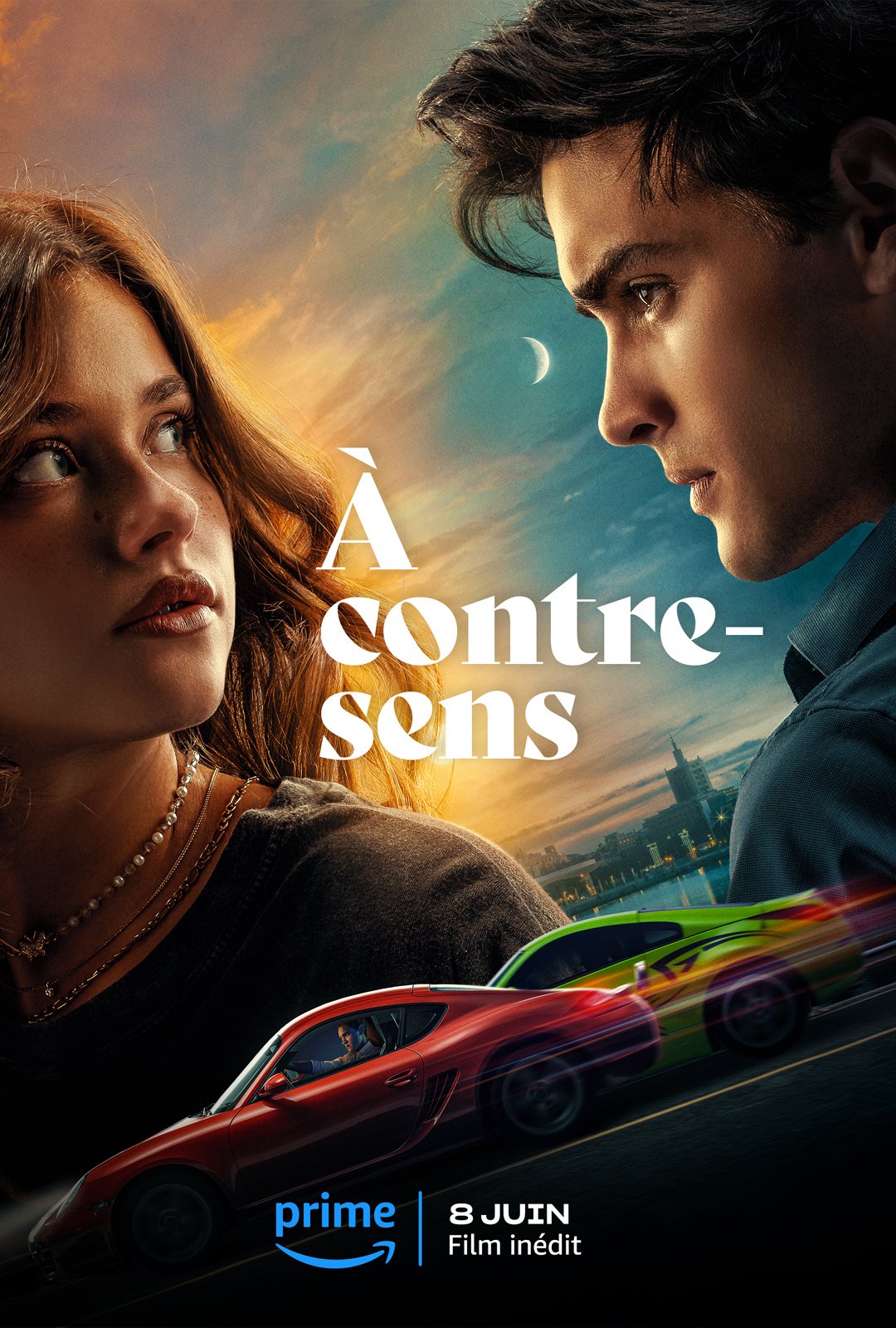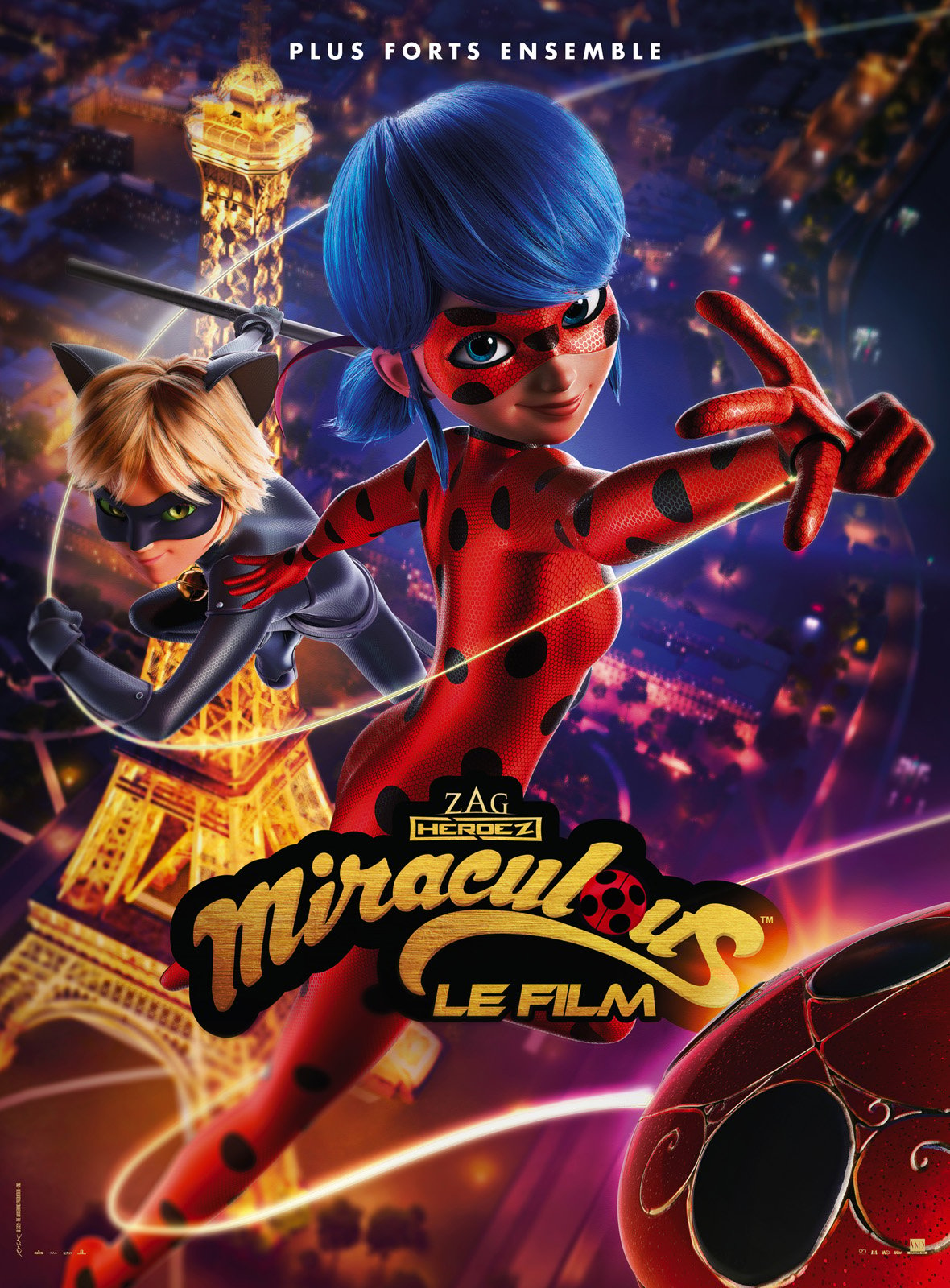There's something truly special about the way certain names become linked with the very idea of movies, pulling us into stories and worlds that stick with us long after the credits roll. It's almost as if some people, through their presence on the screen, manage to capture the spirit of what makes a great picture so compelling. We often find ourselves drawn to these creations, looking for that particular blend of storytelling and performance that just feels right, you know?
This enduring fascination with moving images, and the folks who bring them to life, speaks to a bigger point about how we connect with art that moves. It's more than just watching something; it's about feeling a part of it, experiencing emotions, and maybe even seeing a bit of ourselves reflected back. That connection, honestly, is a pretty powerful thing that keeps us coming back for more, time and again.
So, when we talk about a particular kind of picture, or a person who has made a mark in that world, we are really discussing the very fabric of how stories are told and received. It’s about the way these creative works become part of our shared cultural conversations, shaping how we think about entertainment and expression. In a way, it's all part of the bigger picture of what makes cinema such a captivating force.
Table of Contents
- The Enduring Appeal of Film and Its Figures
- What is the Difference Between 'Film' and 'Movie'?
- Considering the Visual Experience of Cinema
- Defining Problems in Cinematic Analysis
The Enduring Appeal of Film and Its Figures
When we think about cinema, it's pretty interesting how some figures just seem to stand out, becoming almost a shorthand for a certain kind of story or a particular style of presentation. It’s like their very presence suggests a quality or a mood that draws people in. This isn't just about individual performances, but about the overall feeling a person brings to the screen, which, in some respects, becomes part of the picture's identity.
How does a 'film Jamie Lee Curtis' fit into cinematic definitions?
The phrase "film Jamie Lee Curtis" might bring to mind a specific kind of viewing experience, even if we are not talking about any particular title. It’s about the general impression a person like that leaves on the collective imagination, influencing how we think about the sorts of pictures they might appear in. This sort of shorthand, you know, helps us categorize and appreciate different kinds of storytelling, making it easier to discuss what we like and why.
Sometimes, a name attached to a picture can suggest a certain level of seriousness or perhaps a more popular appeal, much like how some people consider a "film" to be a bit more high-minded than a "movie." This distinction, as a matter of fact, is something people have talked about for a long time. A "film" often points to a more artistic or thought-provoking work, while a "movie" might feel a bit more everyday, more for casual enjoyment. It’s really about the perception that people hold.
The way we talk about these things, like whether something is a "film" or a "movie," actually shapes our expectations before we even start watching. If someone says "film Jamie Lee Curtis," it could conjure up an image of a more intense or perhaps a more character-driven story, depending on what general impressions one has. This is, you know, a pretty subtle but important part of how we interact with what we watch.
This idea of a figure influencing the perception of a picture is quite a big deal. It suggests that the people involved in making these stories are more than just actors or creators; they are also, in a way, shapers of how we understand the art form itself. So, when we hear a name like that, it tends to carry a certain weight, guiding our thoughts about what we are about to see.
What is the Difference Between 'Film' and 'Movie'?
It’s funny, isn't it, how we use different words for what seems like the same thing? We say "film," and we say "movie," and sometimes they feel interchangeable, but other times, there's a subtle difference in how they are used. Typically, a "film" can feel a bit more formal, a little more artistic, perhaps. It’s the kind of word you might use when you are talking about something with deeper meaning or a more serious message.
Perceiving the 'film Jamie Lee Curtis' through different lenses
On the other hand, "movie" often feels a bit more casual, more for just kicking back and enjoying yourself. It’s the kind of word that implies popular entertainment, something for a wider crowd. So, when you hear "film Jamie Lee Curtis," the choice of "film" over "movie" could, in a way, nudge your thoughts toward a certain kind of picture, perhaps one with a bit more weight or artistic ambition. This is just how language works, really, influencing our ideas.
This distinction, while perhaps not always strictly followed, helps us sort out the vast number of stories available to us. It’s like a little hint about what to expect. If someone calls something a "film," you might prepare yourself for a more contemplative experience, whereas a "movie" might suggest something more straightforward and fun. This is a pretty common way we categorize things in our minds.
When we apply this to the idea of a "film Jamie Lee Curtis," it really highlights how a person’s public image or the types of roles they have played can influence this linguistic choice. If a person is often associated with more serious or impactful roles, then using "film" in connection with their name just seems to fit better. It’s all about the perceived quality and purpose of the work, you know?
So, the words we pick to talk about these creations are actually quite important. They carry a lot of unspoken meaning and can subtly guide our expectations. It’s a bit like how a title can tell you something about a book before you even open it. This is just how we make sense of the many choices out there in the world of stories.
Considering the Visual Experience of Cinema
Watching a picture isn't just about the story; it's also very much about how we see it. The way the images appear on the screen, the brightness, the clarity, all of it makes a big difference to how we experience the story. It’s like the canvas on which the art is painted, and a good canvas can really make the colors pop, so to speak. This visual aspect is pretty fundamental to the whole experience.
How do display technologies influence a 'film Jamie Lee Curtis'?
Think about how far display technology has come, from the big, bulky CRT screens to the sleek LCD and LED displays we have now. Each step forward changes how we take in the visuals, making them sharper, more vibrant, or just generally easier on the eyes. This evolution is, you know, constantly shaping our viewing habits and what we expect from a good picture.
When we consider a "film Jamie Lee Curtis," or any picture for that matter, the screen it’s shown on plays a big part in its impact. A picture meant to be seen on a large, high-definition screen might lose some of its punch on a smaller, less capable display. It’s like trying to appreciate a grand painting through a tiny peephole; you just don't get the full effect, you know?
Newer technologies, like Mini-LED, are constantly pushing the boundaries of what’s possible, offering better contrast and brighter images. These advancements are always changing the way we can enjoy stories. It means that the creators have more tools to make their visions come alive, and we, as viewers, get a more immersive experience. This is a rather exciting time for visual storytelling, honestly.
So, the technical side of things, like the kind of screen you are watching on, is actually pretty important for how a "film Jamie Lee Curtis" or any other picture is received. It’s not just about the acting or the writing; it’s also about the clarity of the picture, the richness of the colors, and how well the light is handled. All these elements work together to create the full experience.
Defining Problems in Cinematic Analysis
Trying to understand why some pictures work and others don't, or how they influence culture, can be a bit like trying to solve a puzzle. You need to clearly lay out what it is you are trying to figure out, otherwise, you might just get lost in all the details. It’s about setting the stage for a good discussion, really, making sure everyone knows what question is being asked.
What challenges arise when discussing a 'film Jamie Lee Curtis'?
When you talk about a specific kind of picture, like a "film Jamie Lee Curtis," you might encounter certain challenges in defining what makes it special or how it fits into the bigger picture of cinema. Is it the acting? The style? The message? Pinpointing these things can be tricky because art is often open to many interpretations, you know?
Sometimes, the difficulty comes from trying to balance different eras of cinema. You might want to celebrate the "golden age" of pictures from decades ago, with their bright stars and booming industry, but then you also have to consider later periods, like the more rebellious, counter-culture movements. It’s hard to have it both ways, in a sense, because each era had its own distinct flavor and focus.
Then there's the issue of what stories get told and whose voices are heard. If you look at older pictures, you might see a lot of white faces on screen, which was just how things were then. But later, movements for social change brought different stories and different people to the forefront, like the civil rights movement. Trying to discuss a "film Jamie Lee Curtis" within this changing landscape means thinking about how times have changed and how representation has evolved. It’s a pretty big topic, honestly.
So, when we try to define problems in talking about pictures, especially ones connected to a well-known figure, we are really trying to make sense of a lot of different influences: historical shifts, cultural movements, and the way individual people shape the stories we see. It’s about trying to get a clearer idea of what we are actually looking at, which is, you know, often more complicated than it seems at first glance.



Detail Author:
- Name : Marley Strosin DDS
- Username : oharvey
- Email : moises.weimann@hills.info
- Birthdate : 1975-12-17
- Address : 4358 Mraz Port Suite 727 West Danikaberg, GA 15541-5014
- Phone : 314.873.7846
- Company : White-Steuber
- Job : Materials Scientist
- Bio : Exercitationem assumenda harum accusantium voluptates cupiditate quidem maxime dolor. Numquam omnis et consequatur eos ad ut in. Fuga voluptas modi saepe.
Socials
tiktok:
- url : https://tiktok.com/@pearliekub
- username : pearliekub
- bio : Voluptatem sunt ab officiis sed omnis atque libero consectetur.
- followers : 3687
- following : 794
facebook:
- url : https://facebook.com/pearliekub
- username : pearliekub
- bio : Suscipit sed pariatur optio commodi.
- followers : 5745
- following : 1715